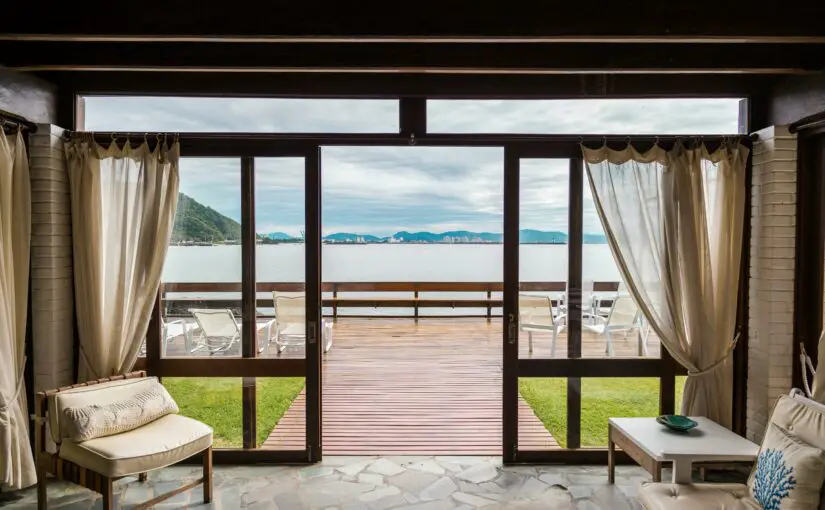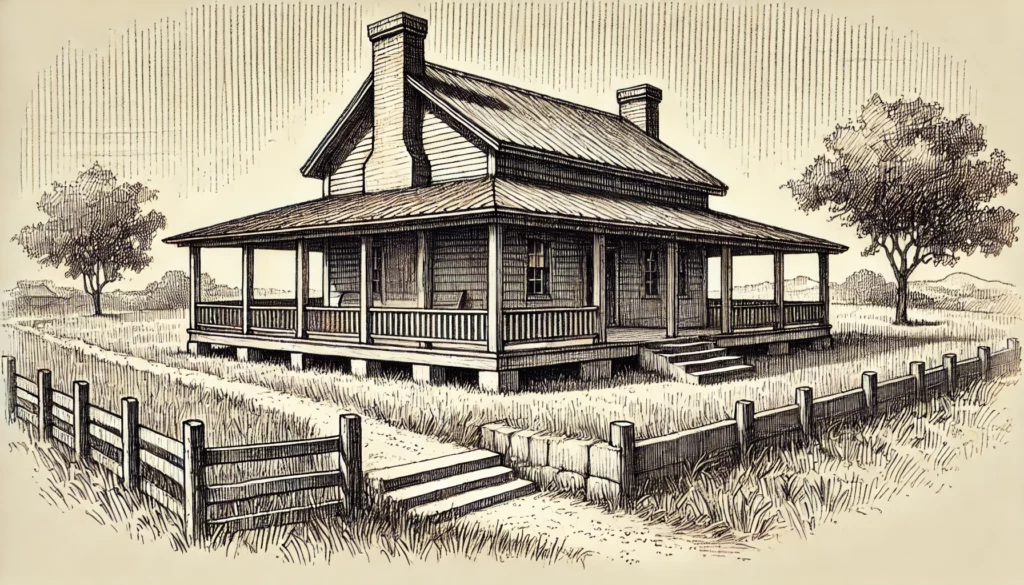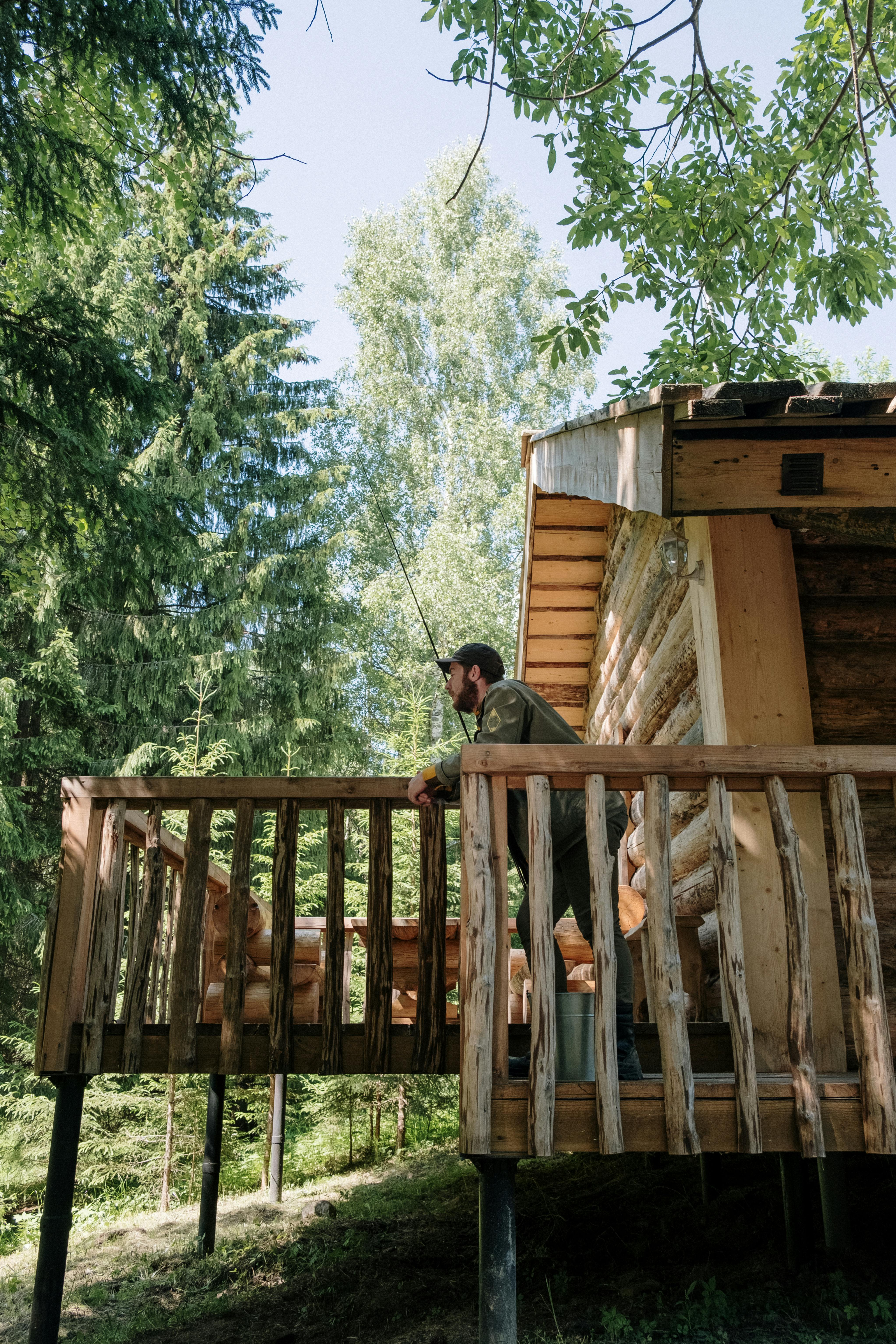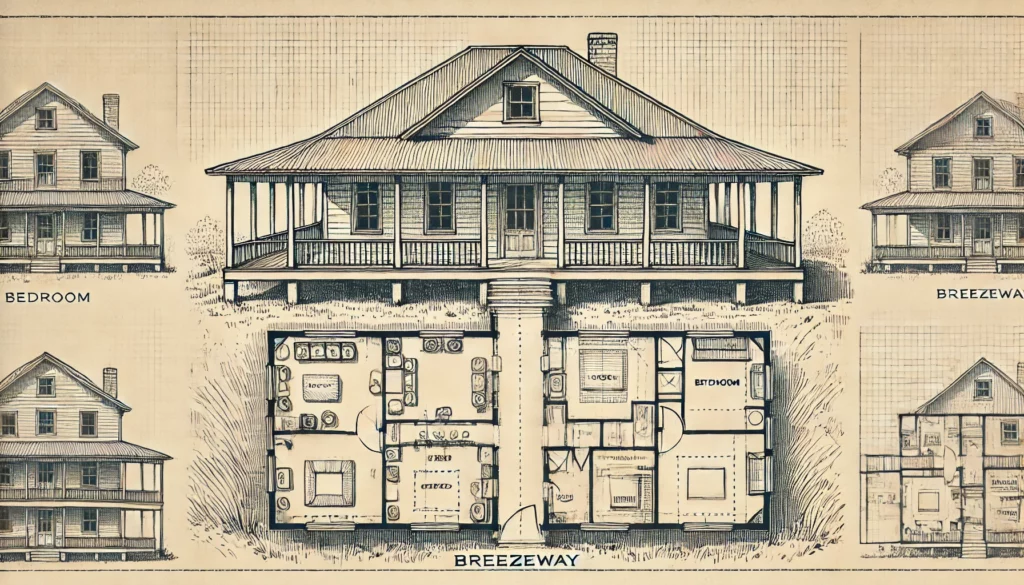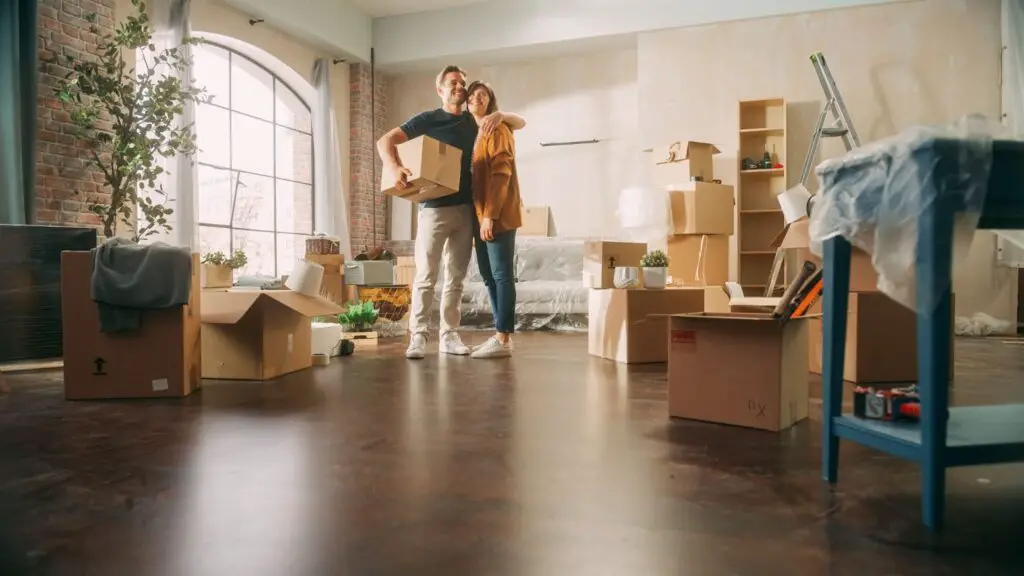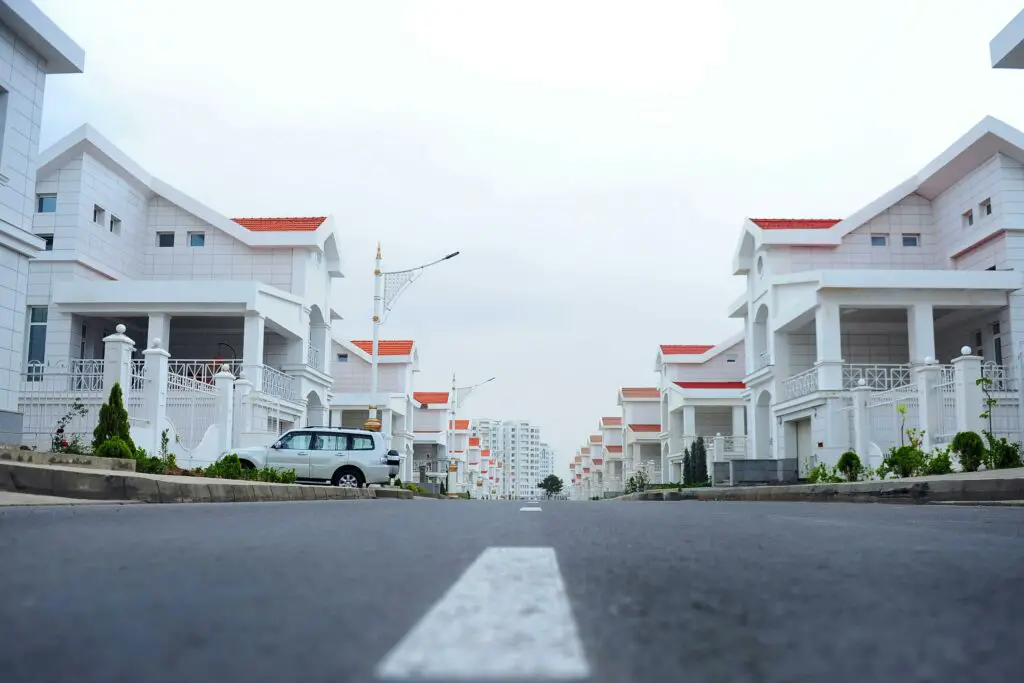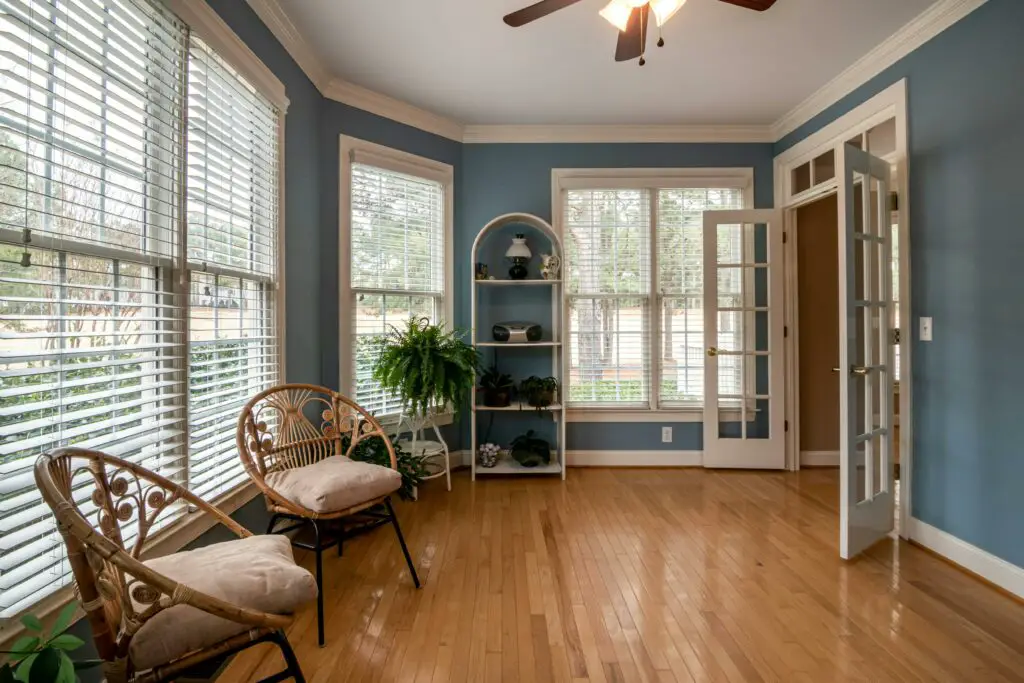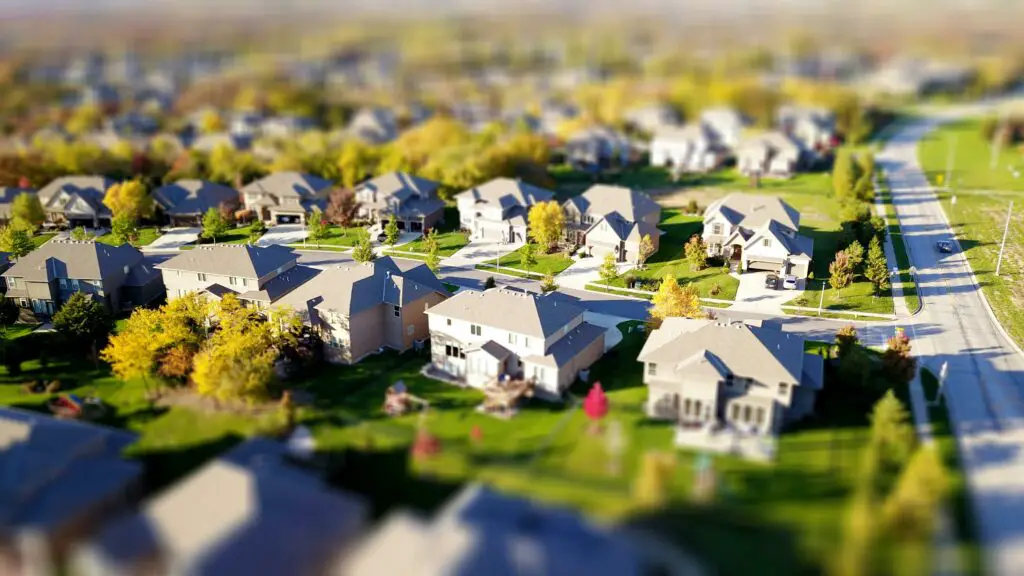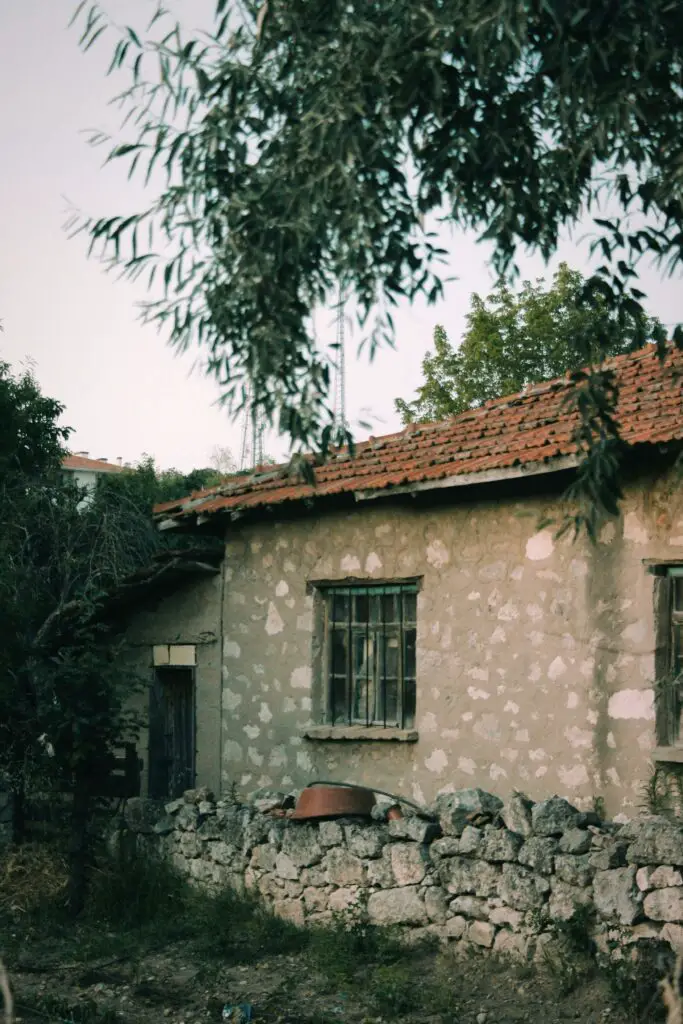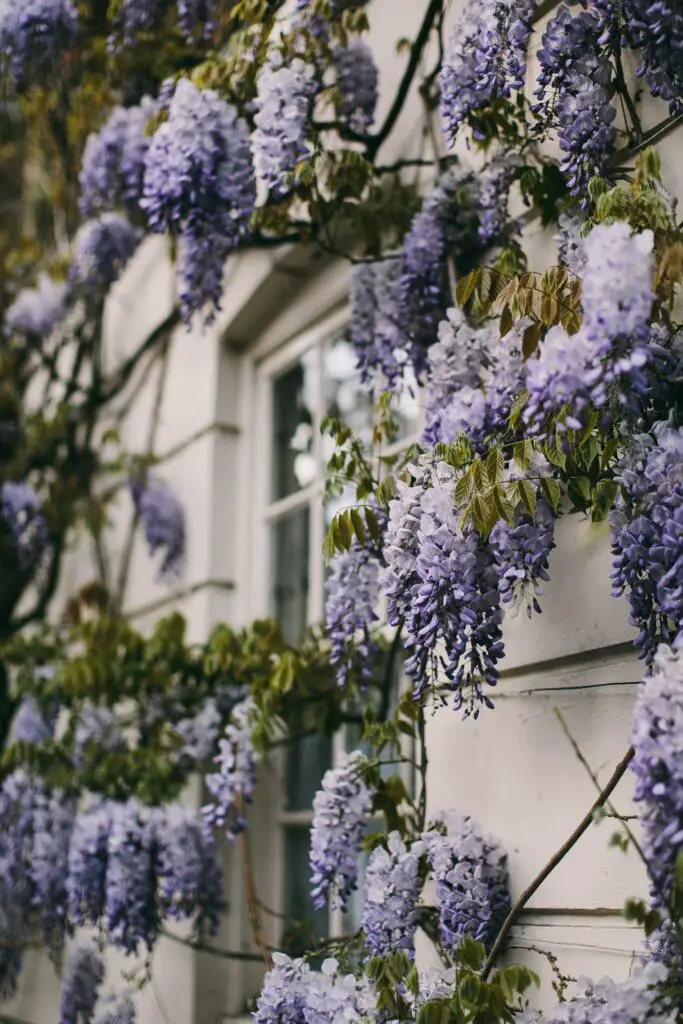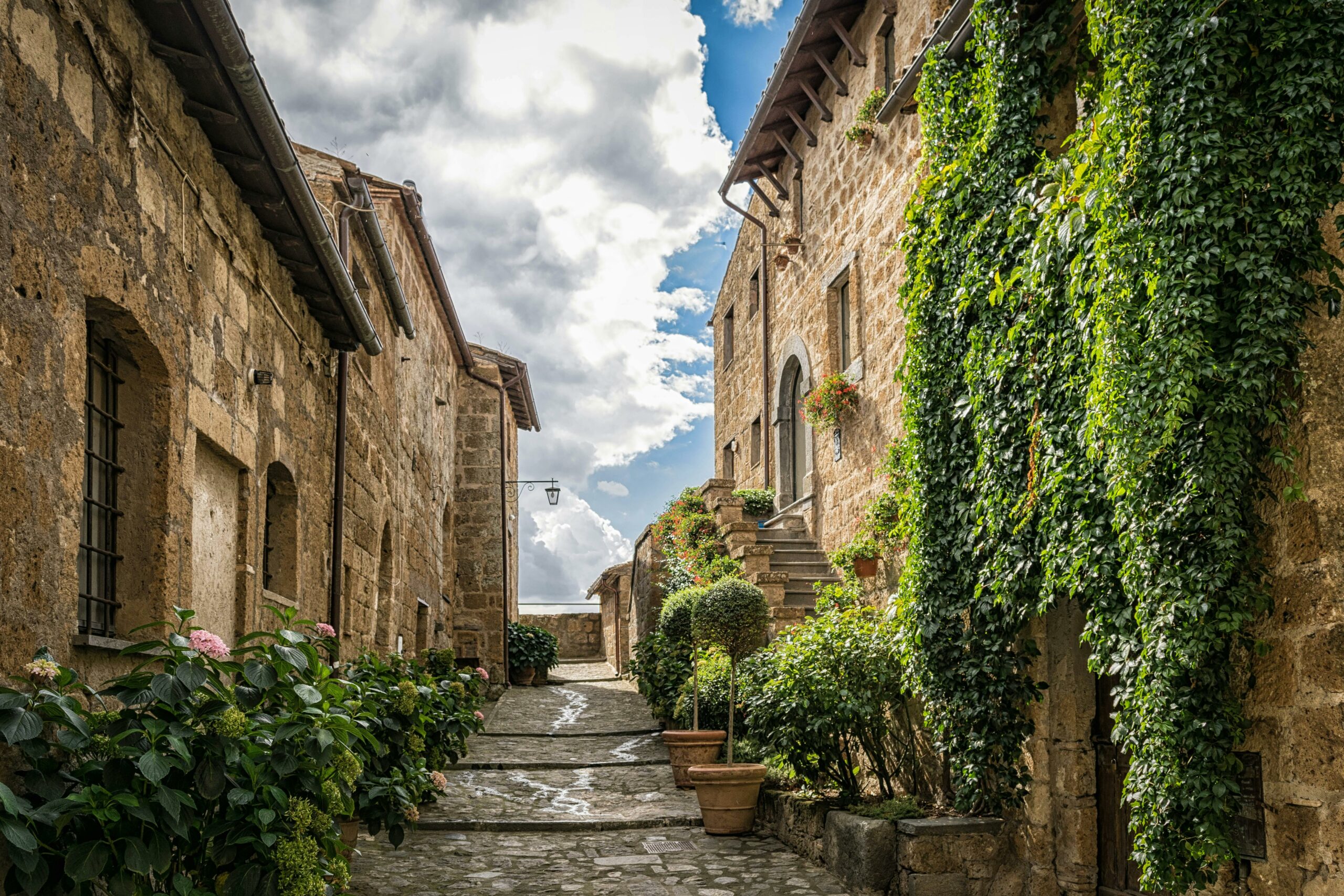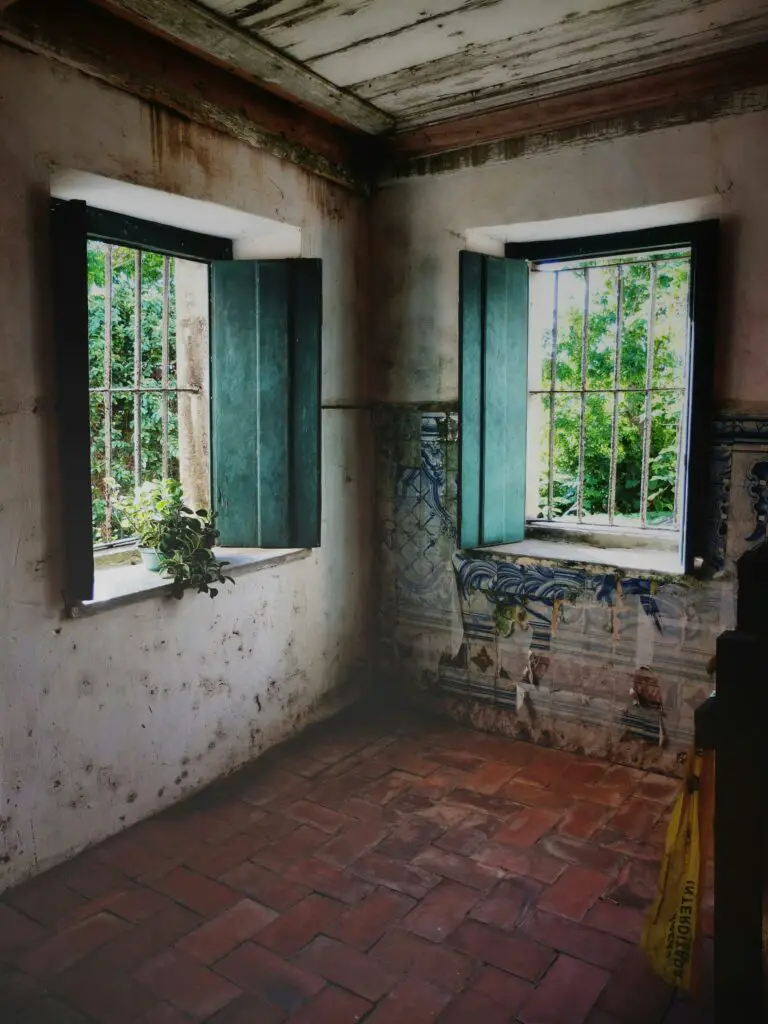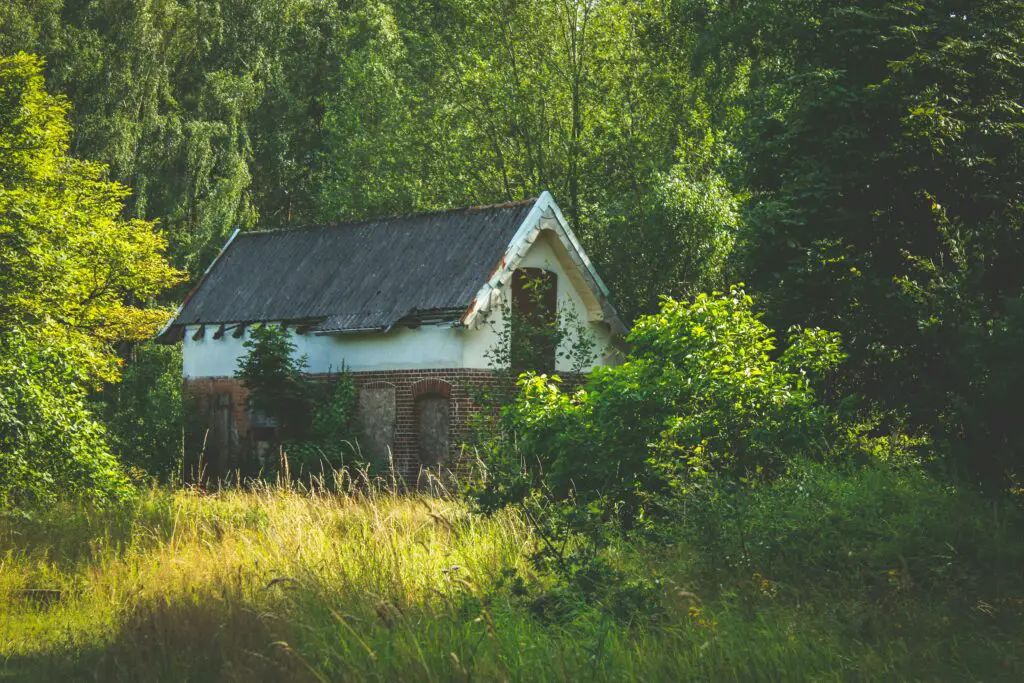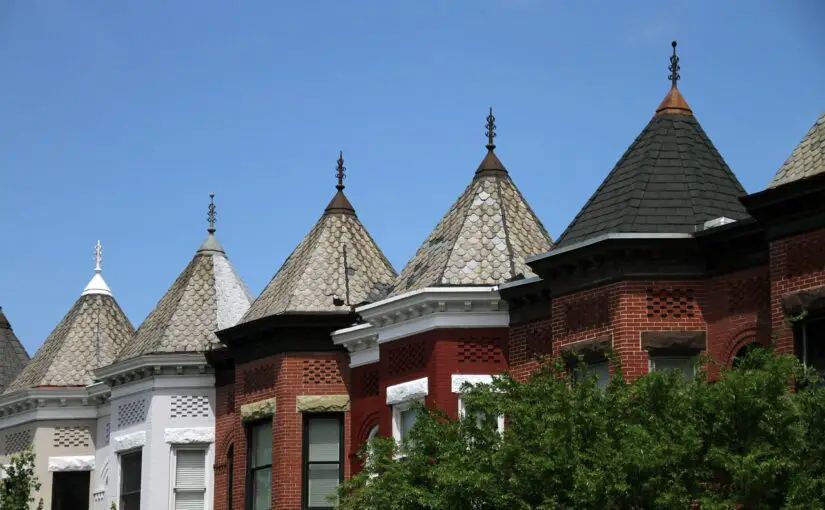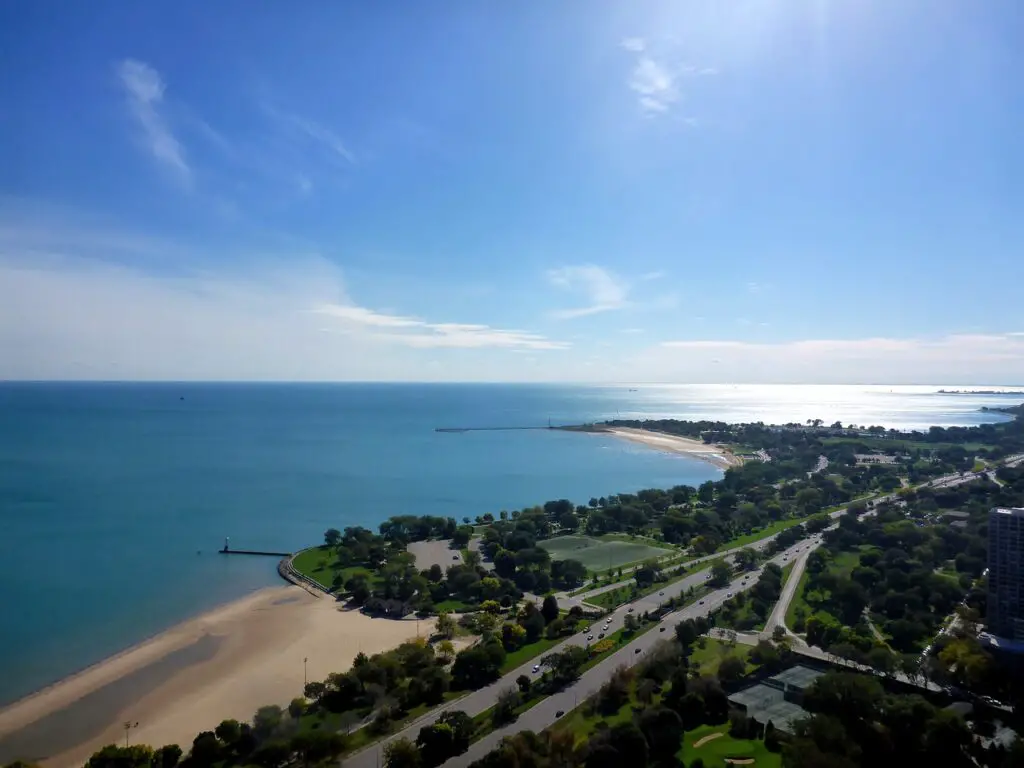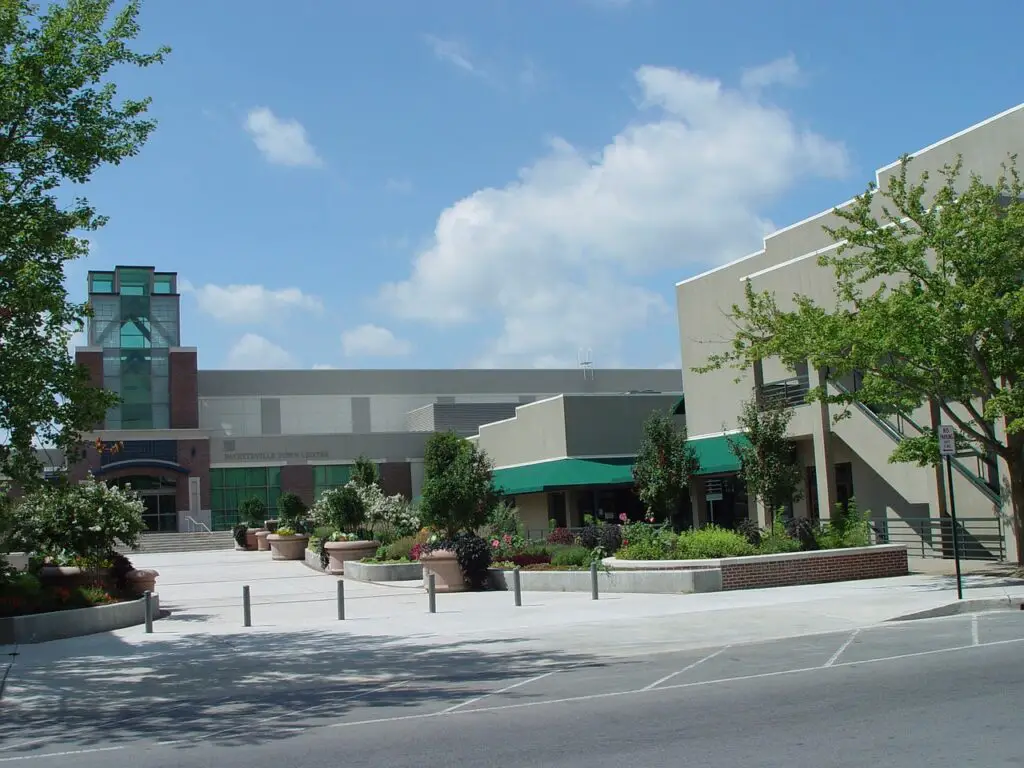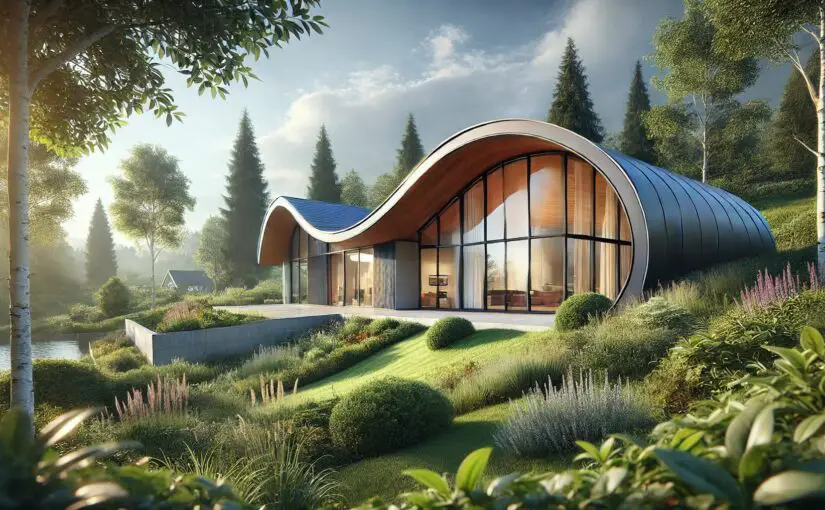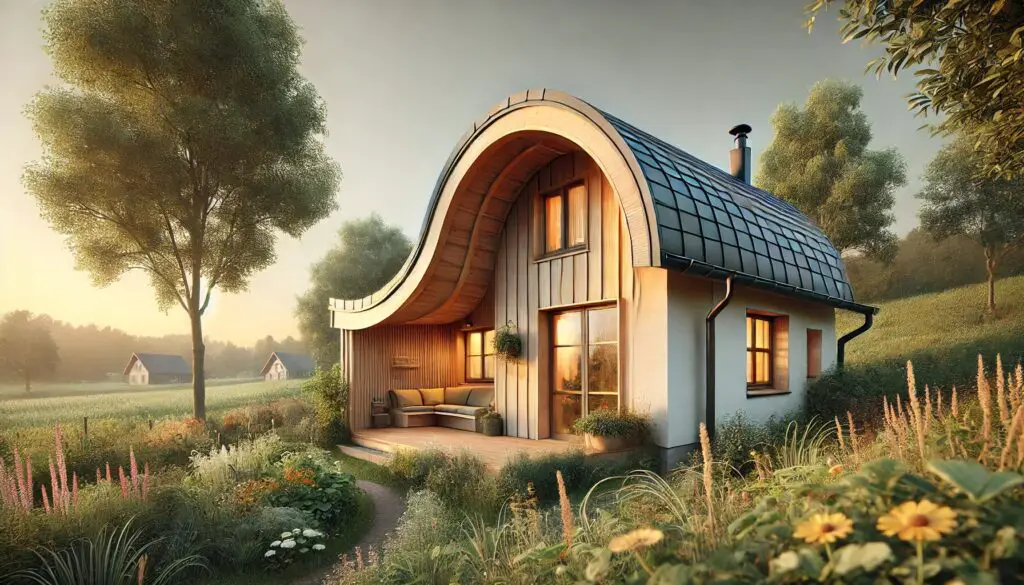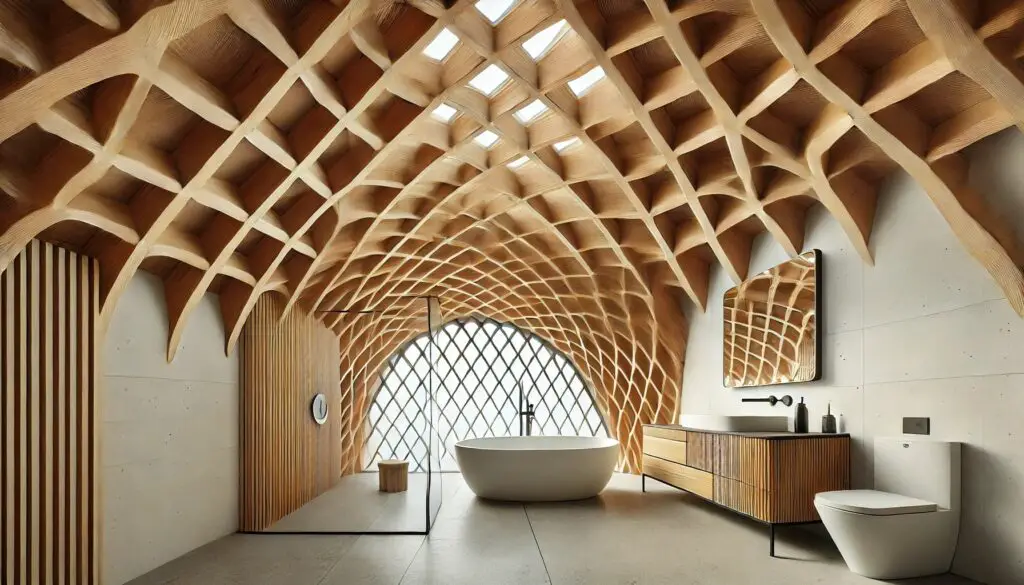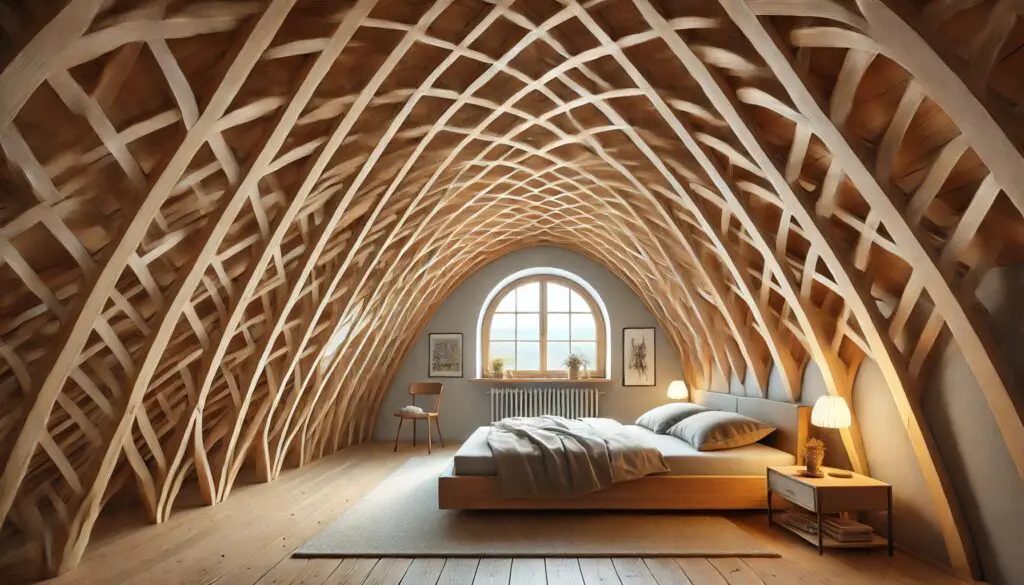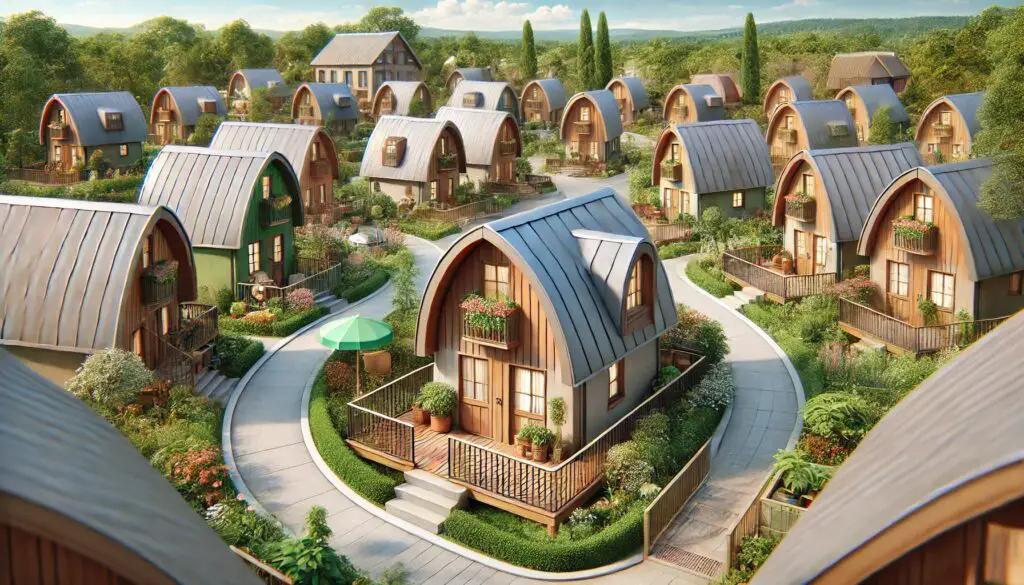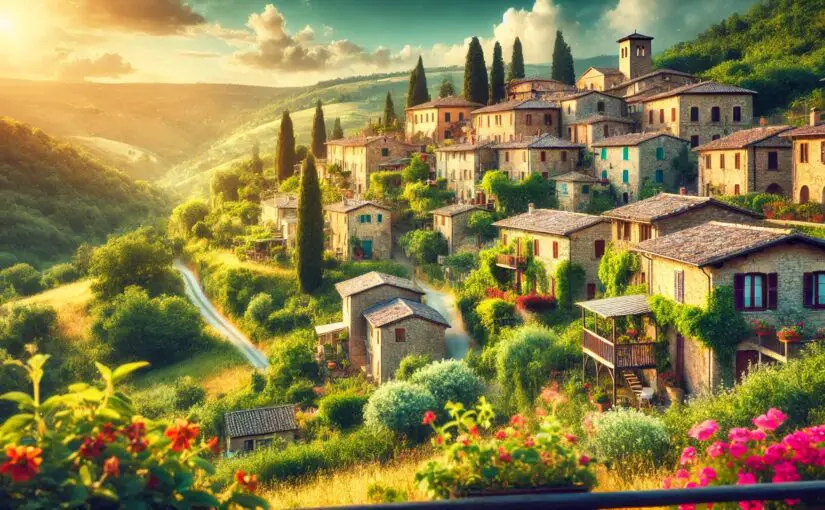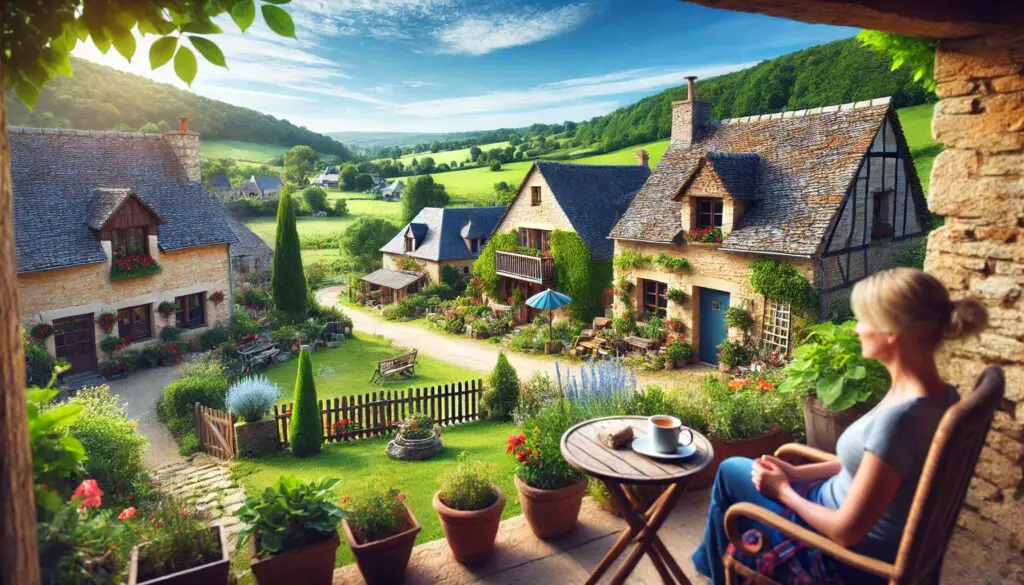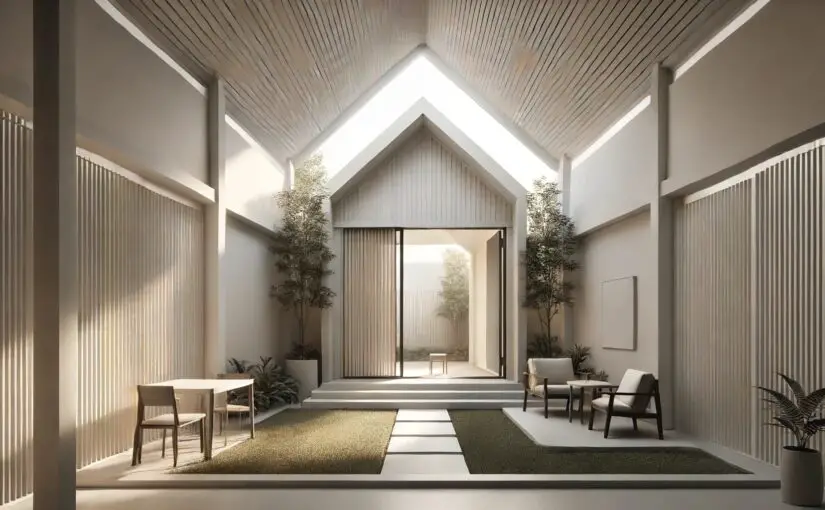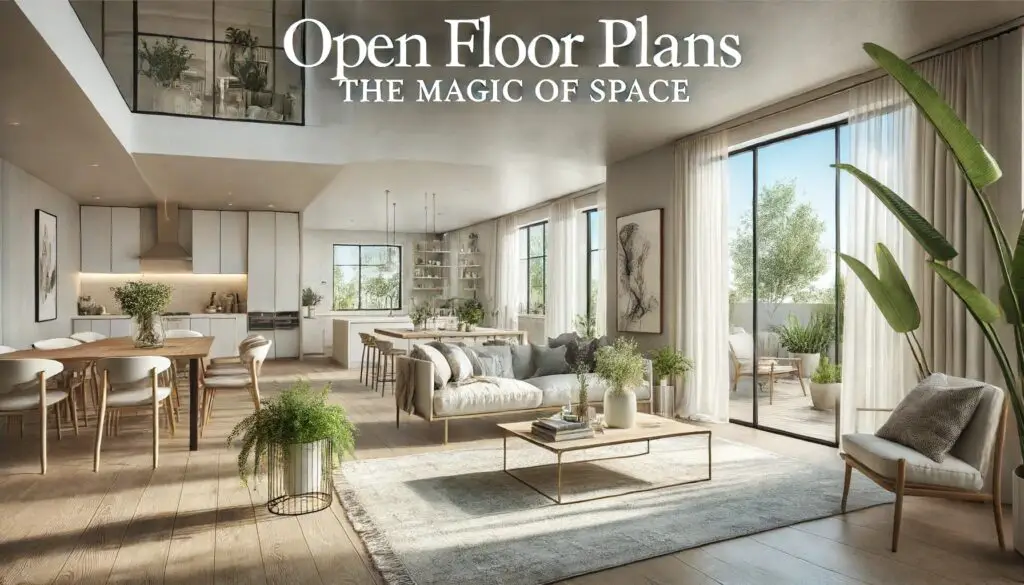If you’ve ever tried to sleep through a hot summer night in a poorly ventilated home, you know the struggle. The air gets stuffy, fans only circulate warm air, and turning on the AC all day sends your electricity bill through the roof. It’s not just uncomfortable—it’s unsustainable.
But here’s the good news: there’s a growing movement toward smarter, more breathable homes that stay cool naturally. And no, we’re not talking about futuristic pods or high-tech gadgetry. We’re talking about old-school ideas with a modern twist—like dogtrot homes—making a strong comeback, especially in hot climates.
In this article, we’ll explore the trend of ventilated homes, how they help people save money, and what to keep in mind if you’re considering one. We’ll also touch on legal considerations—because not all land is as simple as it seems.
Let’s dive in.
The Hot Climate Housing Dilemma
Climate change is turning up the heat, literally. Across the globe, cities that once enjoyed mild summers now face long periods of scorching temperatures. For homeowners and renters, that means:
- Rising cooling costs
- Increased strain on electrical grids
- Greater carbon footprints
- Health risks, especially for the elderly
Traditional housing structures in many regions just aren’t designed to handle this. Large windows facing the sun, poor insulation, and zero airflow can turn a home into a sauna by midday.
So what’s the solution?
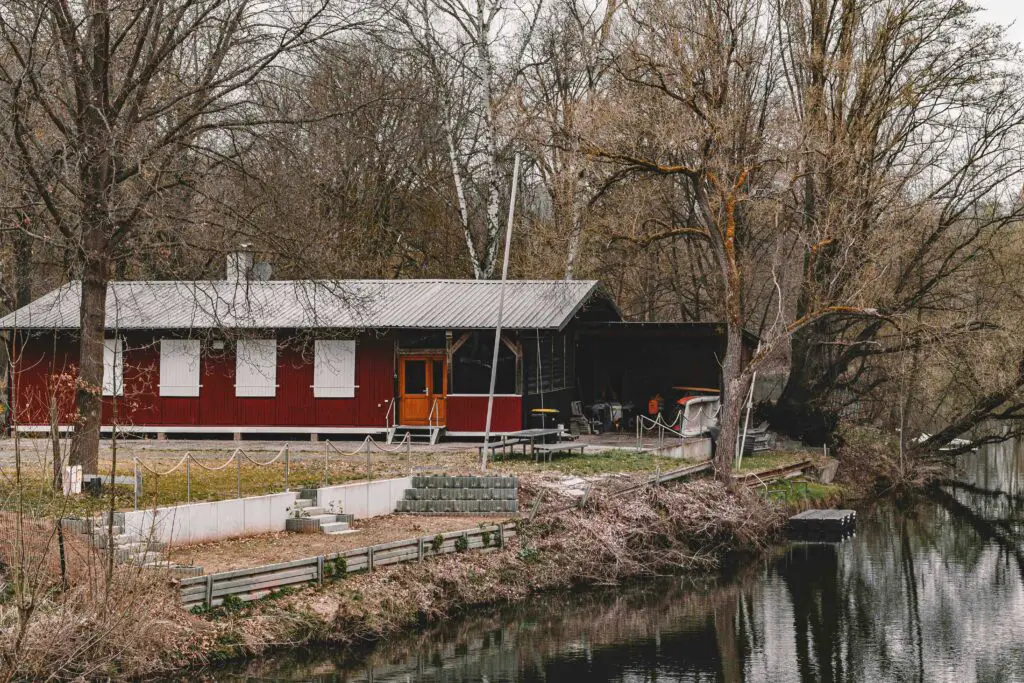
Back to Basics: The Rise of Passive Cooling Design
Rather than relying solely on air conditioning, more architects and homeowners are looking at passive cooling design. It’s not a new idea. In fact, some of the best ventilated homes were built before electricity was even a thing.
One standout example is the dogtrot home—a simple, brilliant design that originated in the American South.
Related Read: From Saddlebag to Modern Dogtrot Homes: The Future of Ventilated Living Spaces
What Is a Dogtrot Home?
A dogtrot house, sometimes called a breezeway house, typically has two enclosed living areas connected by a central open-air corridor. This “dogtrot” allows air to flow freely through the center of the home, naturally cooling it down.
The genius of this design lies in its simplicity:
- Natural ventilation: The breezeway encourages airflow, reducing indoor temperatures.
- Zoned living: Separate areas for sleeping and cooking help control heat buildup.
- Outdoor-indoor balance: You stay connected to nature while staying cool.
Modern dogtrot homes update this concept with better insulation, shaded verandas, and solar orientation. But the heart of the idea remains the same—let the air move!
Other Types of Ventilated Homes
While dogtrot homes are getting the spotlight, they’re not the only option out there. Here are a few other passive cooling designs gaining attention:
| Home Style | Key Feature | Best For Climate | Ventilation Strategy |
|---|---|---|---|
| Courtyard Homes | Central open space with surrounding rooms | Mediterranean, desert | Chimney effect & cross-breeze |
| Shotgun Houses | Long narrow layout, front-to-back airflow | Southern U.S., Caribbean | Front-back ventilation path |
| Stilt Houses | Elevated structure with airflow beneath | Tropical, flood-prone areas | Under-floor ventilation |
| Earthbag Homes | Natural thermal mass, curved design | Arid or semi-arid zones | Thick walls regulate heat/cool |
| Tropical Bungalows | Wide overhangs, large windows, open plan | Southeast Asia, equator zones | Passive airflow + shading |
These designs prove that cool living doesn’t require deep pockets—just smart planning.
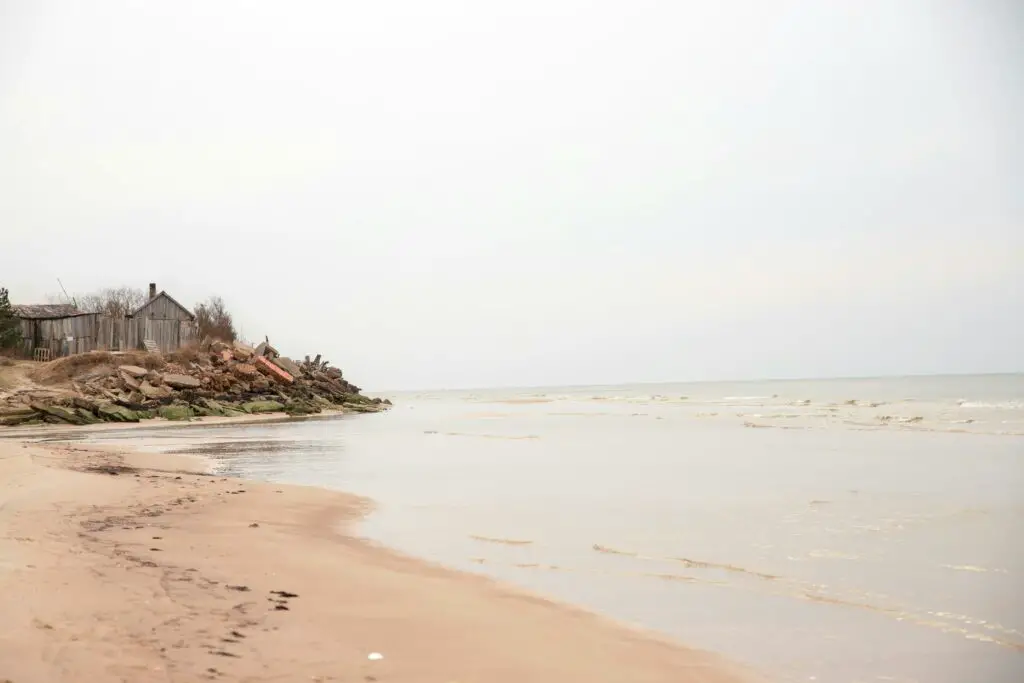
Why This Matters for Affordable Housing
Let’s face it: air conditioning is expensive. In some regions, energy bills can eat up a huge chunk of a household’s income. For low-income families or off-grid living enthusiasts, traditional cooling methods just aren’t sustainable.
Ventilated homes offer a compelling solution.
Here’s why:
- Lower construction costs: Many passive homes use local materials and simple layouts.
- Reduced energy bills: No need for constant AC use.
- Healthier indoor air: Fresh airflow reduces mold and heat-related illness.
- Environmentally friendly: Smaller carbon footprint means you’re helping the planet, too.
In a world where affordable housing is becoming harder to find, these smart homes could be a game-changer.
Real-World Challenges: It’s Not Always That Simple
Of course, no real estate conversation is complete without talking about land. You can have the perfect house design, but if the land comes with strings attached, things can get tricky fast.
Related Read: Navigating the Complex World of Property Disputes
From title issues to neighbor boundary disagreements, property disputes can delay or even derail construction projects. For example, in some rural areas where ventilated homes would be ideal, it’s not uncommon to find:
- Unclear land titles
- Zoning restrictions
- Old right-of-way issues
- Heritage site regulations
That’s why it’s essential to research both the house style and the land’s legal history before investing in a breathable, affordable dream home.
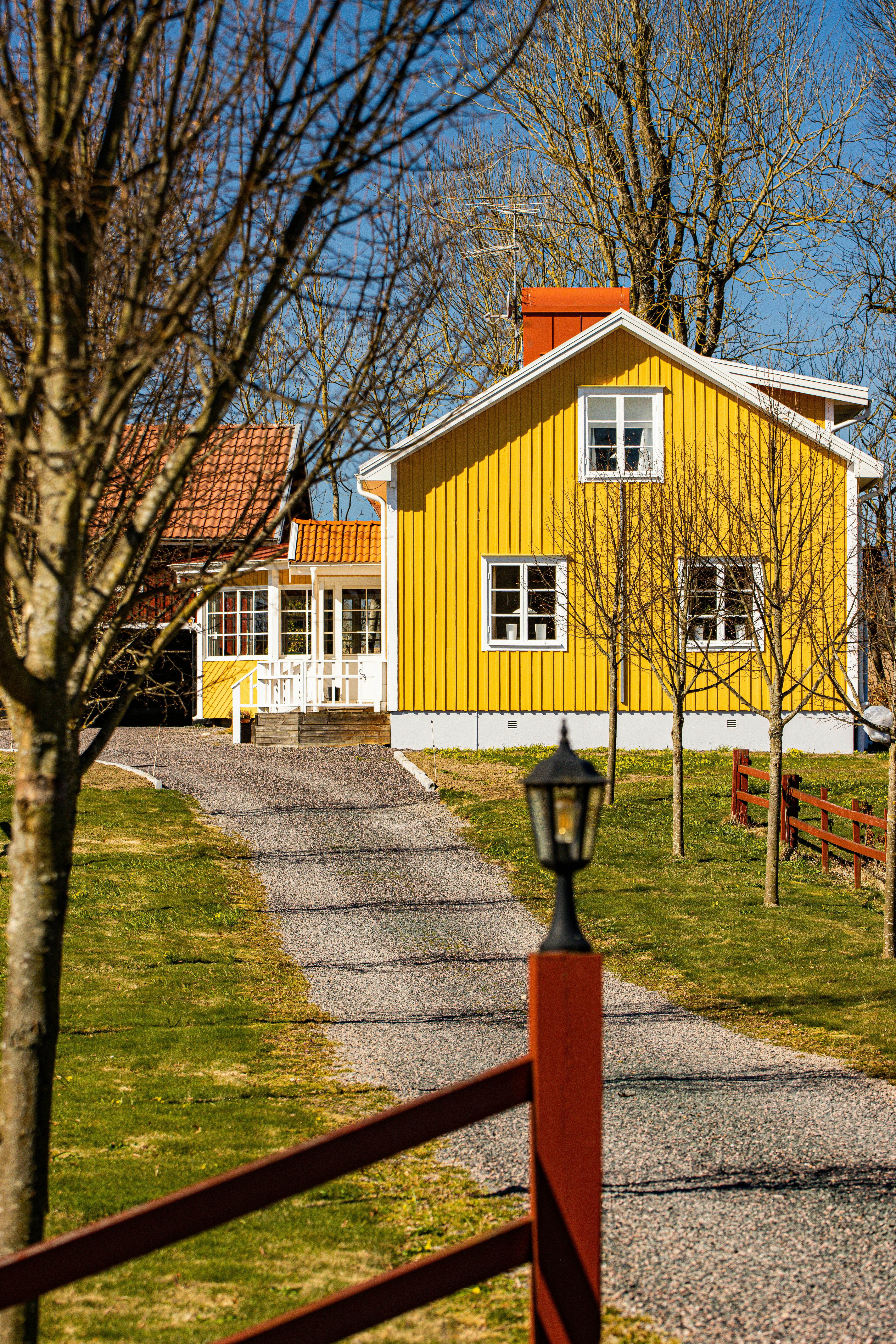
Key Tips for Buying or Building a Ventilated Home
If this type of home has you intrigued (and it should!), here are some practical tips to get you started:
 Before You Buy:
Before You Buy:
- Check the zoning laws in your area. Some might limit non-standard designs.
- Ask about wind direction and sun exposure on the plot.
- Investigate for previous land disputes—look at the title history.
- Confirm if there are any building code restrictions on open-air elements.
 If You’re Building:
If You’re Building:
- Hire an architect familiar with passive design.
- Use local materials where possible—saves money and blends with the environment.
- Don’t skip on insulation, even if airflow is great. It’s all about balance.
- Think about shading: trees, verandas, and overhangs can drastically reduce heat.
Who’s Buying These Homes?
It’s not just off-grid enthusiasts or eco-warriors. Ventilated homes are attracting attention from:
- Retirees looking to downsize without sacrificing comfort
- First-time buyers priced out of traditional markets
- Expats settling in hotter regions like Portugal, Spain, or Southeast Asia
- Real estate investors looking for unique rental or Airbnb properties
People are realizing that a home doesn’t have to be high-tech to be high-comfort.
The Future of Ventilated Homes
We’re seeing an exciting shift in real estate. Instead of maxing out budgets on granite countertops and high-end HVAC systems, more buyers care about livability, sustainability, and long-term comfort.
Architects are responding with hybrid models: smart homes that still embrace age-old airflow principles. Urban planners are also rethinking housing layouts to encourage natural ventilation in apartment blocks and community living.
It’s a trend that’s here to stay—and not just in tropical zones.
Final Thoughts
Affordable, breathable, and beautiful—ventilated homes are redefining what it means to live well in a warming world. Whether you’re buying, building, or just daydreaming, it’s worth exploring how simple design choices can keep you cool without burning through your savings.
Just remember: do your homework on the land, the laws, and the layout. A smart home starts with smart planning.

